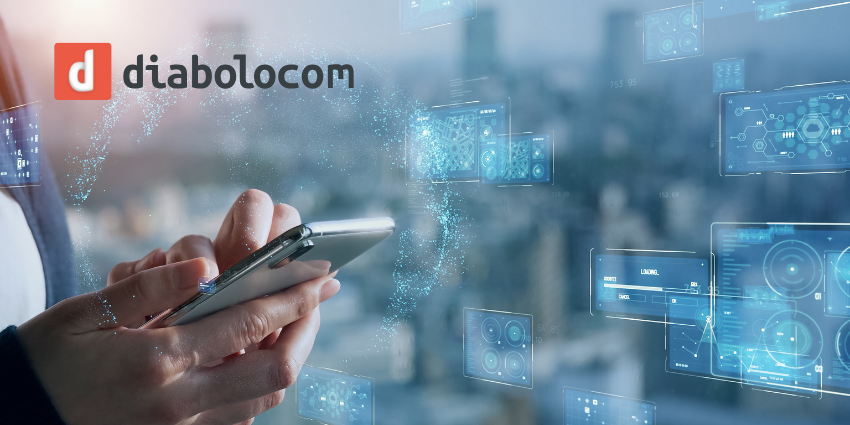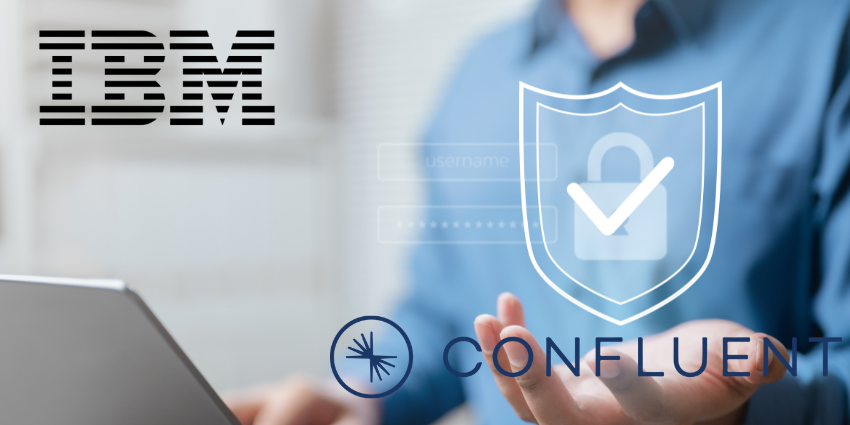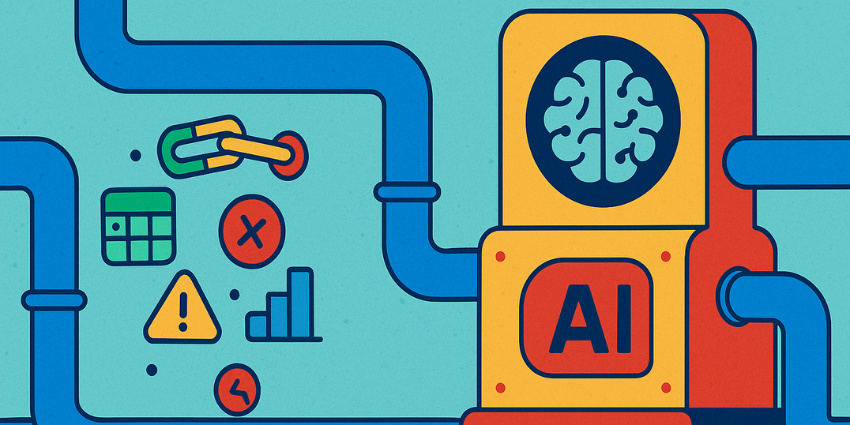Picture this: a sales rep is driving between client meetings when a customer calls to reschedule.
The rep agrees, promises to follow up, then jumps into the next appointment. By the end of the day, the update never makes it into the CRM.
Multiply that across dozens of agents, and an enterprise suddenly has a huge visibility gap.
Customer conversations don’t just happen in contact centers or on video calls; they happen on the move – in cars, corridors, or outside client sites.
Yet, too often, those interactions slip through the cracks. Leaders lose valuable insight, compliance risks increase, and productivity suffers when staff must log everything manually.
As workforces become more mobile and hybrid, that gap is widening. And with regulators clamping down on how organizations can engage with customers, the stakes are higher than ever.
The Pressure Is Rising
Enterprises with global operations must keep up with regulations across multiple markets.
In France, for instance, telesales will move to an opt-in model from August 2026, effectively shutting down traditional cold calling.
This is just one shift that could disrupt outbound engagement, forcing businesses to find new, compliant ways to reach customers, who are always mobile today.
At the same time, many agents have already been working in hybrid setups or out in the field for years – but often without the right tools.
Endless admin tasks, patchy reachability, and the lack of proper digital support – like CRM updates or automatic call logging – have held them back and kept them from focusing on their core job.
Making Mobile Work
One company addressing this is Diabolocom, with what it calls the industry’s first app-free mobile CX solution.
In an exclusive interview with CX Today, Ben Shakespeare, Senior Sales Executive for North America at Diabolocom, shared some early results.
“Sales teams targeting schools, real estate, and campus-style environments have seen up to a 20 percentage-point improvement in reachability,” he said.
“That’s a big jump, and it’s driven by the ability of customers to reach agents wherever they are – not just when the agent is at a desk or in a call center.”
The value goes further than better pick-up rates. By turning mobile phones into managed CX endpoints, businesses can log interactions, update CRMs, and trigger follow-ups automatically.
“Let’s say a customer says, ‘Let’s meet tomorrow at 2 PM’ – that info can automatically trigger a calendar invite, CRM update, and task assignment,” Shakespeare noted. “No need to switch apps or go back to a desktop.”
Efficiency gains are especially evident in field services. If a technician receives a reschedule while driving, the system can capture and transcribe the call, update the CRM, and shift the appointment in real time.
Healthcare offers another insightful example.
Shakespeare recalled one end-of-life care provider that had been budgeting $10–15 million annually for legal costs tied to compliance disputes.
“Now, with our solution of recording and transcribing calls, they’ve cut that cost dramatically,” he said.
Compliance Meets Connection
For Shakespeare, regulations like the French law make mobile integration more urgent.
By forwarding calls to mobile when technicians are away from their desks, teams can stay effective while keeping within the rules.
But compliance isn’t the only factor. Mobile also carries a personal dimension, as Shakespeare explained:
“If I have your mobile number, there’s a sense of trust and accessibility there.”
“And by automating the backend – CRM, calendar, task management – we let sales and field teams focus on conversations, not admin.”
This balance between compliance and connection is what many CX leaders are striving for.
When cancellations, reschedules, or updates happen on the fly, automation ensures the customer experience doesn’t break down.
The AI Advantage
AI underpins much of this progress.
Beyond transcription, it can summarize, tag, and log interactions across calls, SMS, and messaging apps – giving managers visibility into mobile conversations they’ve long lacked.
“From a manager’s perspective, you always know what’s going on,” Shakespeare said.
“You have visibility into what your team is doing, what calls were made, what was said, and what actions were taken.”
The tool also connects WhatsApp conversations and mobile calls directly into Salesforce or other CRMs, ensuring conversation histories remain synced and searchable across channels.
Rethinking Mobility in CX
For enterprises, mobility can no longer sit outside the CX ecosystem.
Smartphones have evolved into vital tools in the customer journey, and treating them as such unlocks efficiency, compliance, and customer trust.
As Shakespeare summed up:
“I’ll be honest, I personally hate updating CRMs. I’d rather spend my time talking to people. This lets me do that while taking care of all the admin in the background.”
Looking ahead, mobility is set to become a defining theme in enterprise CX.
With hybrid work entrenched, regulations shifting, and AI advancing fast, capturing and acting on every mobile interaction could become the dividing line between leaders and laggards.
Customer experience teams that embrace mobile as a core CX channel, rather than an afterthought, will be best placed to stay compliant, build stronger relationships, and deliver the seamless experiences customers expect.







